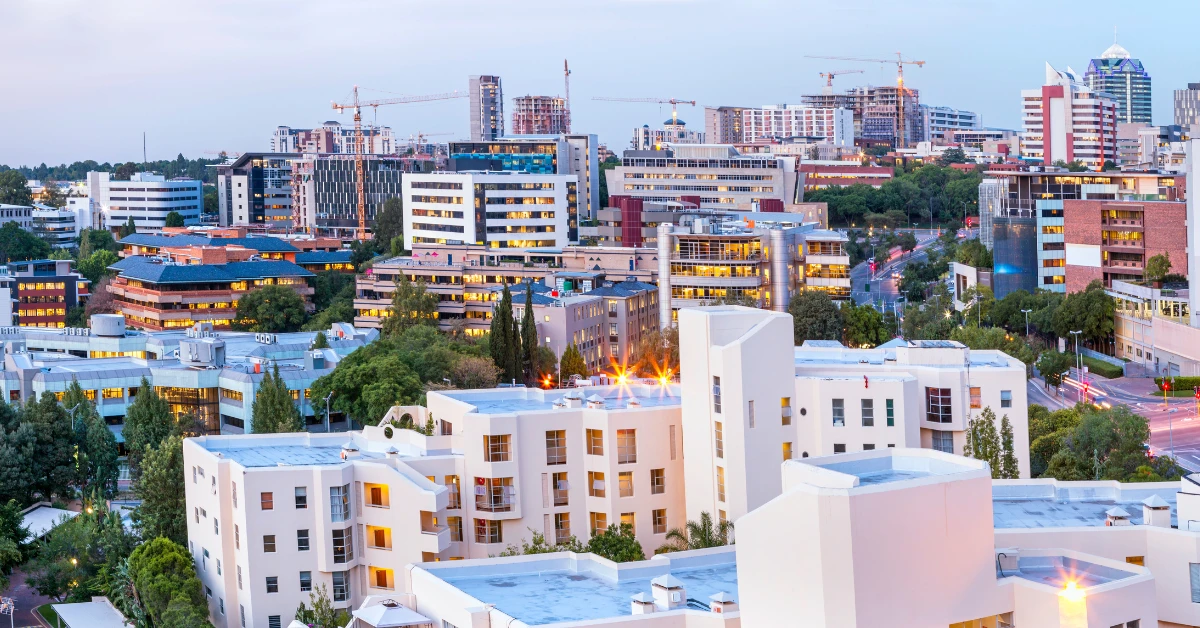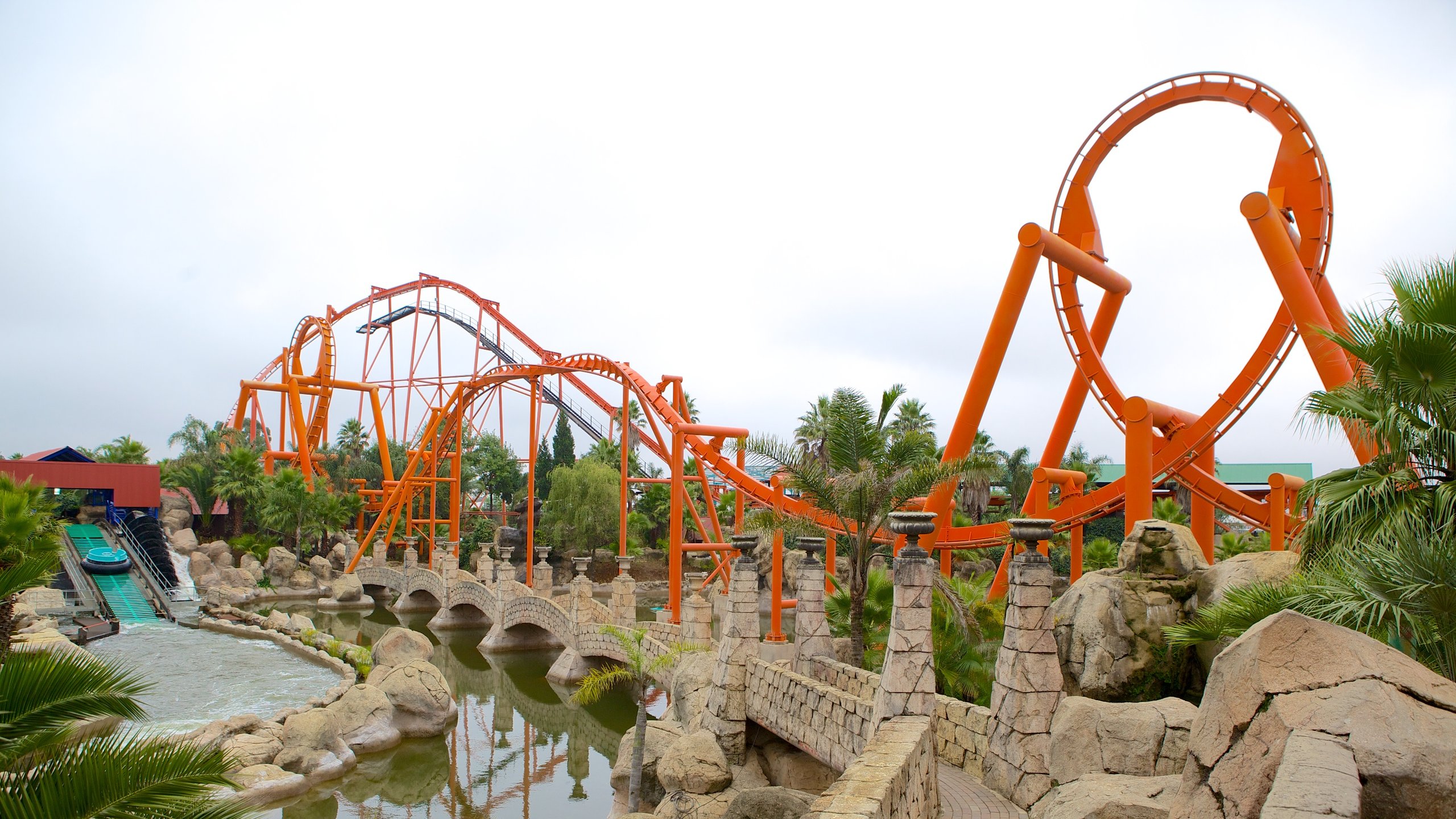Some Ideas on Johannesburg North Attractions You Need To Know
Some Ideas on Johannesburg North Attractions You Need To Know
Blog Article
The Ultimate Guide To Johannesburg North Attractions
Table of ContentsLittle Known Questions About Johannesburg North Attractions.What Does Johannesburg North Attractions Mean?Not known Facts About Johannesburg North AttractionsFacts About Johannesburg North Attractions RevealedIndicators on Johannesburg North Attractions You Need To KnowJohannesburg North Attractions Things To Know Before You Get This
The city grew on the side of the Witwatersrand Main Coral reef, a subterranean stratum of gold-bearing quartz-silica corporation that arcs for hundreds of miles under the Highveld - Johannesburg North attractions. Most of the gold mines in the city ceased operation in the 1970s, yet in its day the Witwatersrand gold industry accounted for even more than 40 percent of the world's yearly gold production.Johannesburg has a pleasant climate. Summertime temperatures average concerning 75 F (24 C); winter temperatures average regarding 55 F (13 C) and only occasionally dip below cold. The city delights in concerning 8 hours of sunshine per day in both winter season and summer season. Rainfall averages regarding 28 inches (700 millimetres) per annum, yet the total differs significantly from year to year.
What rain the city gets drops nearly specifically in the summertime months, frequently in amazing late-afternoon electric tornados., where several locals still rely on coal for fuel.

The 2-Minute Rule for Johannesburg North Attractions
The balance of the city is inhabited by whites. Lodging varies in personality and top quality.
Physical growth, although somewhat restricted by transportation, continued quickly as immigration to South Africa, and Johannesburg in particular, boosted dramatically.
Many poor residential areas were combined, with inadequate blacks and whites cohabiting, although the wealthy suburbs were normally scheduled for whites. This transformed with the election of the National Event in the 1948 political elections, who began to formalise the system referred to as discrimination. Apartheid formally designated which residential areas each race could stay in under the Group Locations Act.
The previous system of eleven phoned number areas was reorganised in 2006. Marshalltown, as seen from the top of the Carlton Centre. The M1 and M2 run behind the structures, and the southern suburbs extend past the freeway border. The internal city of Johannesburg lies within the city's Area F. The estimated populace of the region is 200,000, [] however the number of people living in the inner city on an informal basis is unidentified, as numerous are unlawful immigrants. A lot of higher-income residents and white people have relocated to the northern suburban areas and have actually been replaced by lower-income black individuals. The joblessness, education, and age accounts of the important site location are all unknown, due to the difficulty of acquiring trustworthy info concerning the area.
About Johannesburg North Attractions
Centred on the CBD, the area consists of the suburban areas of Yeoville, Bellevue, Troyeville, Jeppestown, and Berea to the east. To the west it infects Pageview (Johannesburg use this link North attractions) and Fordsburg. There are small industrial locations to the south, such as City West-Denver and Benrose. Around 800,000 travelers pass through the internal city on a daily basis, and it functions as a local shopping node for visitors from the southern residential areas. Yeoville and Bellevue have a mix of apartment structures and single domestic devices on small whole lots. The area lies on a hilly divide that ranges from eastern to west. The most noticeable geographical attribute is Observatory Ridge, which is called for the huge observatory situated on it. The entertainment areas are no more used, due to security issues.

The Best Guide To Johannesburg North Attractions
R. Tambo International Flight Terminal). The eastern suburbs are some of the oldest areas of Johannesburg, there are big areas of Jewish and other European backgrounds, the bulk of the population is English speaking. There are 3 fairway along with a variety of safeguarded ridges with viewsites. There are a number click over here of strong and up-market enjoyment and shopping locations in the eastern such as the Eastgate Shopping Centre and the Greenstone purchasing centre.
Originally built to house male migrant employees, numerous have been improved as houses for couples and families. The residential area was not historically enabled to create employment centres within the area, so nearly all of its homeowners are commuters to other parts of the city.
About Johannesburg North Attractions
The N1 Western Bypass connects the north suburban areas with the north-western suburban areas. The houses in the north residential areas are mainly official, with no substantial areas of casual housing, or real estate that does not have a long-term framework. Although this is a well established area, there is a pattern of land use modification from residential to business, especially along primary arterial roads and around recognized nodes.
The location is well connected to road networks, specifically along the north-south axis formed by the M1 and N1. Roads to the east and west are much less well created, as there are no highways travelling in that instructions. Towards the north border of the city, the thickness of growth lowers, leaving big locations of primitive land around Midrand.
The smart Trick of Johannesburg North Attractions That Nobody is Discussing
, which is situated on a hill ignoring the internal city and Hillbrow.
Report this page